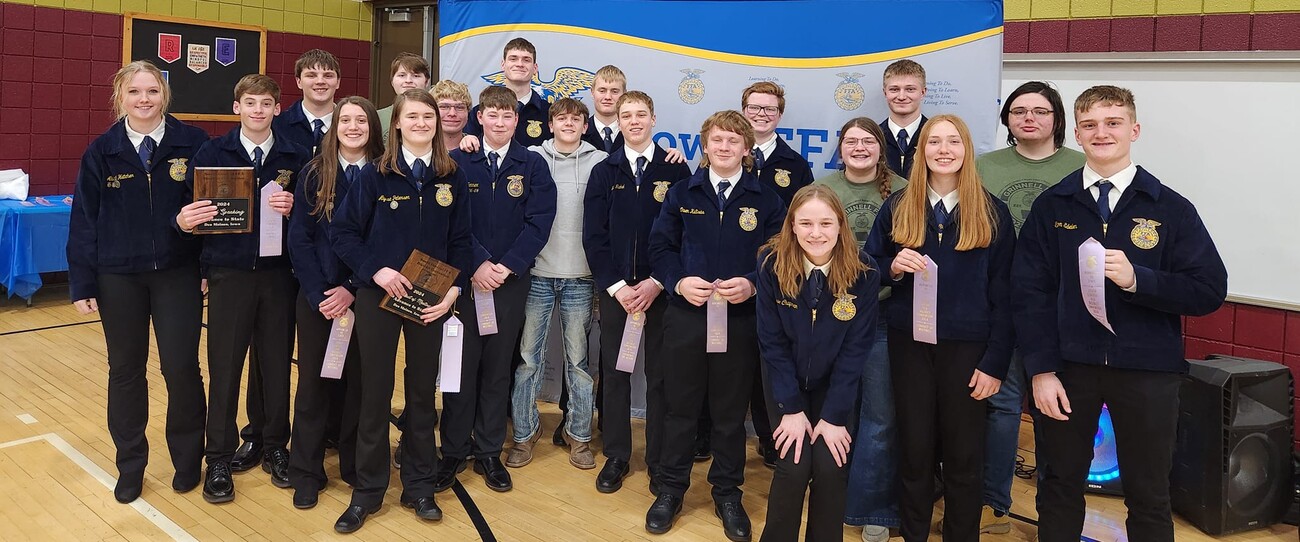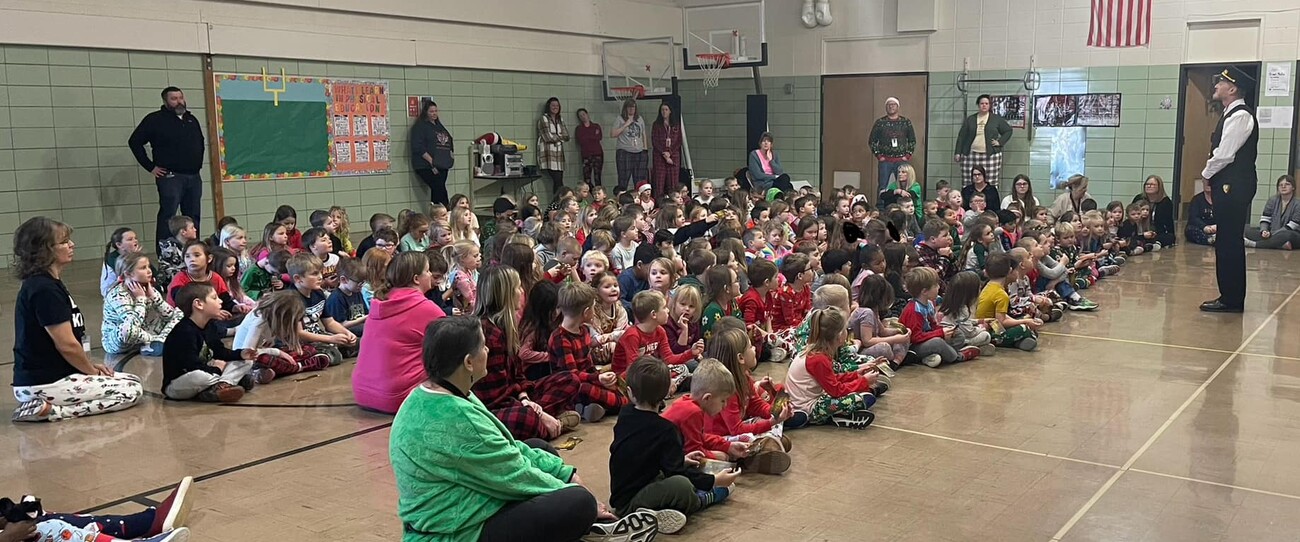Life Threatening Food Allergies
The Grinnell-Newburg School District’s food allergy task force would like to thank all district parents, staff, and students for their cooperation, compliance, and flexibility as we continue implementing our procedures to manage life-threatening food allergies. We have appreciated the compassionate understanding of our district staff and students and community members as we work together to ensure that our schools and school functions are welcoming and safe for students who live with life-threatening food allergies and attend our schools.
A copy of the procedures as well as an FAQ is listed below. We encourage you to reread the documents. They are a great resource for all of us. Also, should you have any questions about the procedures or what you may or may not bring to a classroom or event, please contact a building principal or your child’s teacher.
Many children with food allergies will experience the following minor symptoms: hives, itchiness, rash, and sneezing. But a few, including those allergic to peanuts, have allergic reactions that are more alarming such as vomiting, swelling of throat muscles, breathing problems, and even death. Even if they learn to read labels and avoid certain foods, these children may be exposed to minute, harmful residues by touching doorknobs, tables, and others’ hands. For the ever increasing number of students and their families who are affected and for whom anaphylactic shock could occur within seconds of ingestion or tactile contact with an allergy causing food, this is a serious issue. We know our district-wide procedures provide a safer environment to manage food allergies, especially those to nut products, which are the most severe. Strict avoidance of all nut products is the only way to prevent a life-threatening allergic reaction.
Our task force is composed of teachers, administrators, parents of children with food allergies, and parents of children who do not have food allergies. In some instances, when there is a child with a food allergy in a classroom, the procedures for that classroom or building may be stricter than those required district wide. This has sometimes caused confusion, and we appreciate your understanding while we work out the finer points of keeping all our children safe.
Once again, we appreciate your support. As an educational environment we believe in our capacity to educate our families, teachers, and students to better understand and live with life-threatening food allergies.









